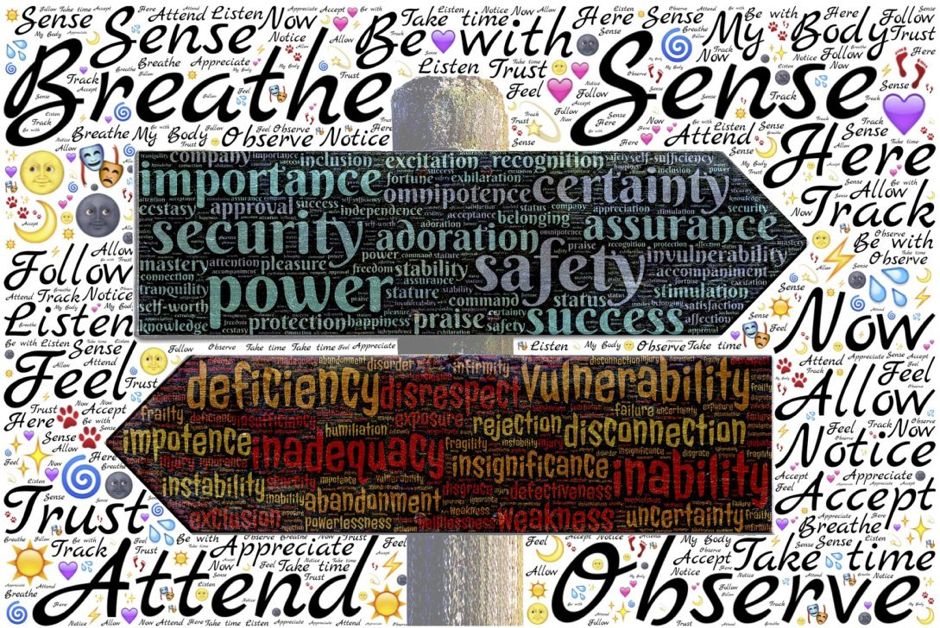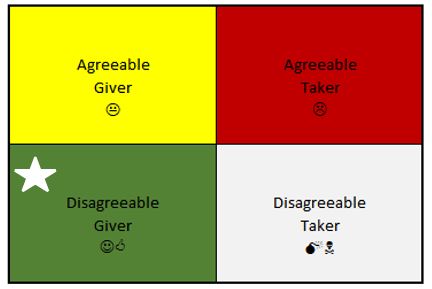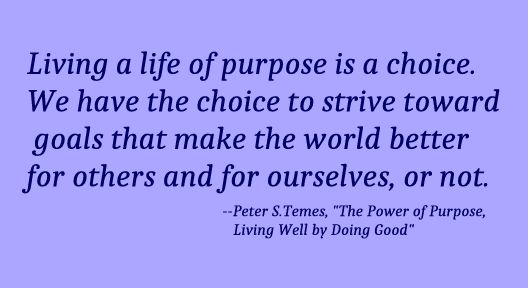The diversion, equity, and inclusion movement we find ourselves in right now is long overdue. Understanding and accepting another person’s differences is finally gaining acceptance in the workplace. Recognizing each person’s unique contribution.
One area of diversity yet to be recognized in this movement is that of neurodiversity. There are two types of intellectual and cognitive development: neurotypical and neurodiverse. Neurodivergent individuals differ from neurotypical people in neurological function. Examples of neurodivergent brain differences include autism and ADHD.
These differences are becoming accepted as normal differences rather than deficits. As John Elder Robison so succinctly put it, they are “the result of normal, natural variation in the human genome.”
Part of this group of people are highly sensitive persons (HSPs). Variations in the nervous system of HSPs bring different perceptions to the HSP brain. HSPs are afflicted by loud noises, strong smells, bright lights, and itchy or irritating clothing. They are also deeply creative, moved by sensory experience, and aware of details and nuances in their environment.
HSPs deliver qualities to the workplace that non-HSPs are not as efficient at providing. As such, they should be recognized as positive additions to any field or profession. Instead, most are ostracized as quirky or weird.

Empathetic Leadership
One of the most prominent traits in the highly sensitive is their ability to empathize on a phenomenal level. With everyone – from employees to board members and shareholders to the most diverse clientele. This empathy builds fairness, impartiality, and the ability to bring all together in a nonjudgmental way.
Strategic Planning
The age of power-focused individuals with a narrow spotlight on productivity and profit has run its course. Once prized, the act of stepping all over customers, clients, and employees in the name of competition or profit no longer serves business well. The aware masses are rejecting this strategy and taking their business elsewhere.
HSPs, with their trait of processing their thoughts on a deeper level are well suited to developing long term strategies that connect business goals, social awareness, technology, and realistic expectations together.
Innovation
New business models that place an emphasis on what’s good for the planet, decreasing the carbon footprint, and increasing charitable outreach or lending aid to those who may need it are gaining in popularity. People wishing to support such causes research companies in search of like-minded entities. And they are moving their business.
The HSP loves beauty, nature, and all things connected with life. They are willing to speak their truth and venture into those areas that support that truth. They have the courage and conviction to bring about ideas in support of these new objectives.
Creativity in Problem Solving
HSPs are known for their depth of processing. They can take a problem and see nuances and details that might have previously been overlooked. They are keen at taking in subtle points. Then astute HSPs connect all that they’ve learned in an intuitive manner to come up with unique solutions.
Emotional Awareness
A trend in hiring today focuses on finding individuals with a high emotional quotient. An HSPs emotional awareness naturally leads them toward an exceptional EQ. They are comfortable in their own emotions, feeling them on a deeper level than most people. Through that experience HSPs know instinctively what others feel. They know what moves people, what drives them – their deepest desires. Sensitive employees connect with others on a more intimate level. All done with little or no effort. It’s an instinctual response.
HSPs have been shunned most of their lives. That childhood rejection has followed many, many of them into adulthood and the work force. If we are to include people with differences, it is important to acknowledge and open the movement up to highly sensitive employees and leaders.
If you are a highly sensitive person who is looking for advice and support, see my other blog, Mere Sense.
Copyright 2021, Monica Nelson











